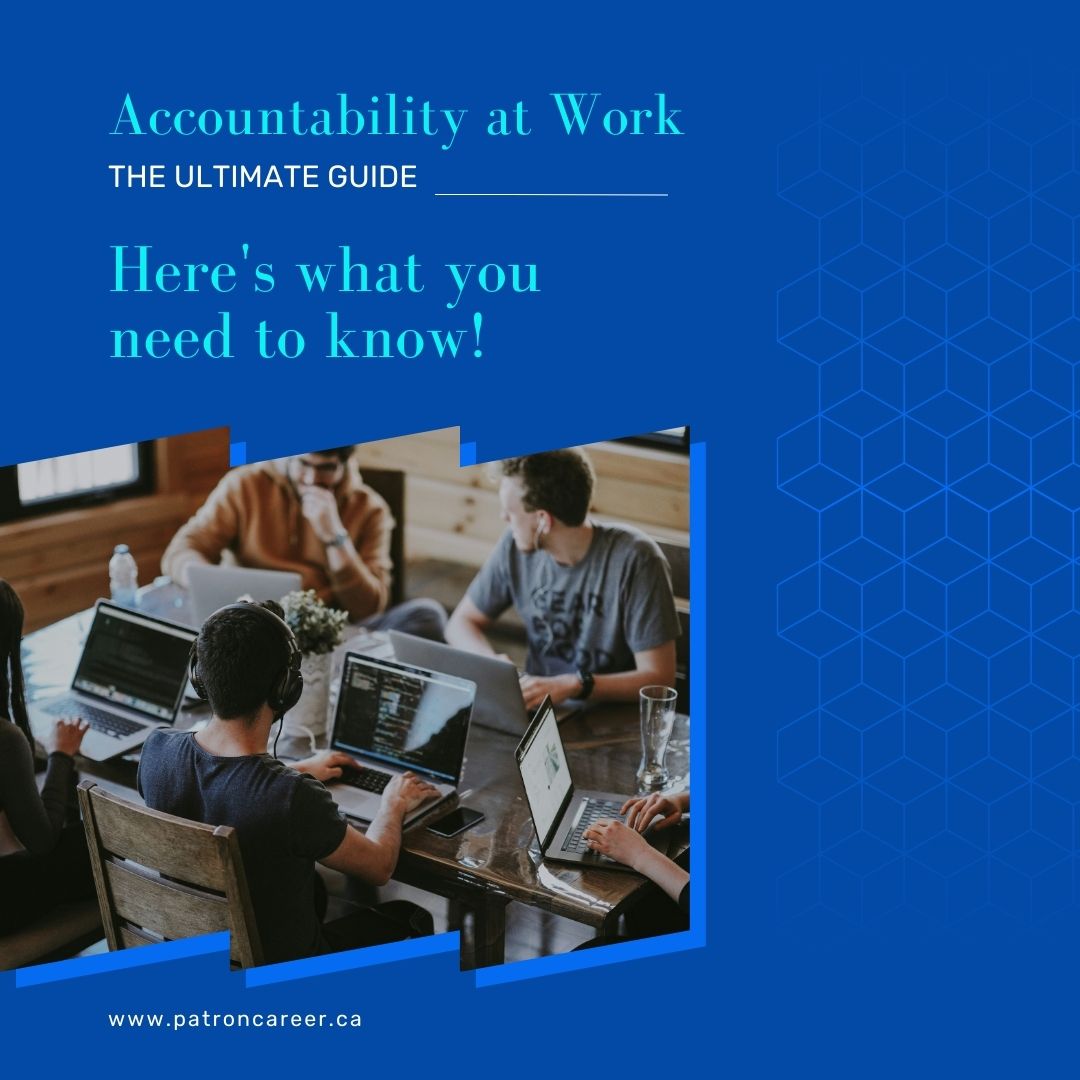
Accountability At Work
25 April, 2024
Patron Career Staffing firmly believes in adopting a tailored approach to meet temporary and permanent recruitment needs. We safeguard the interest of our clients by finding such workers who are knowledgeable and reliable.
About UsNeed help? Make a Call
32 Dundas Street East Unit A, L5A1W2
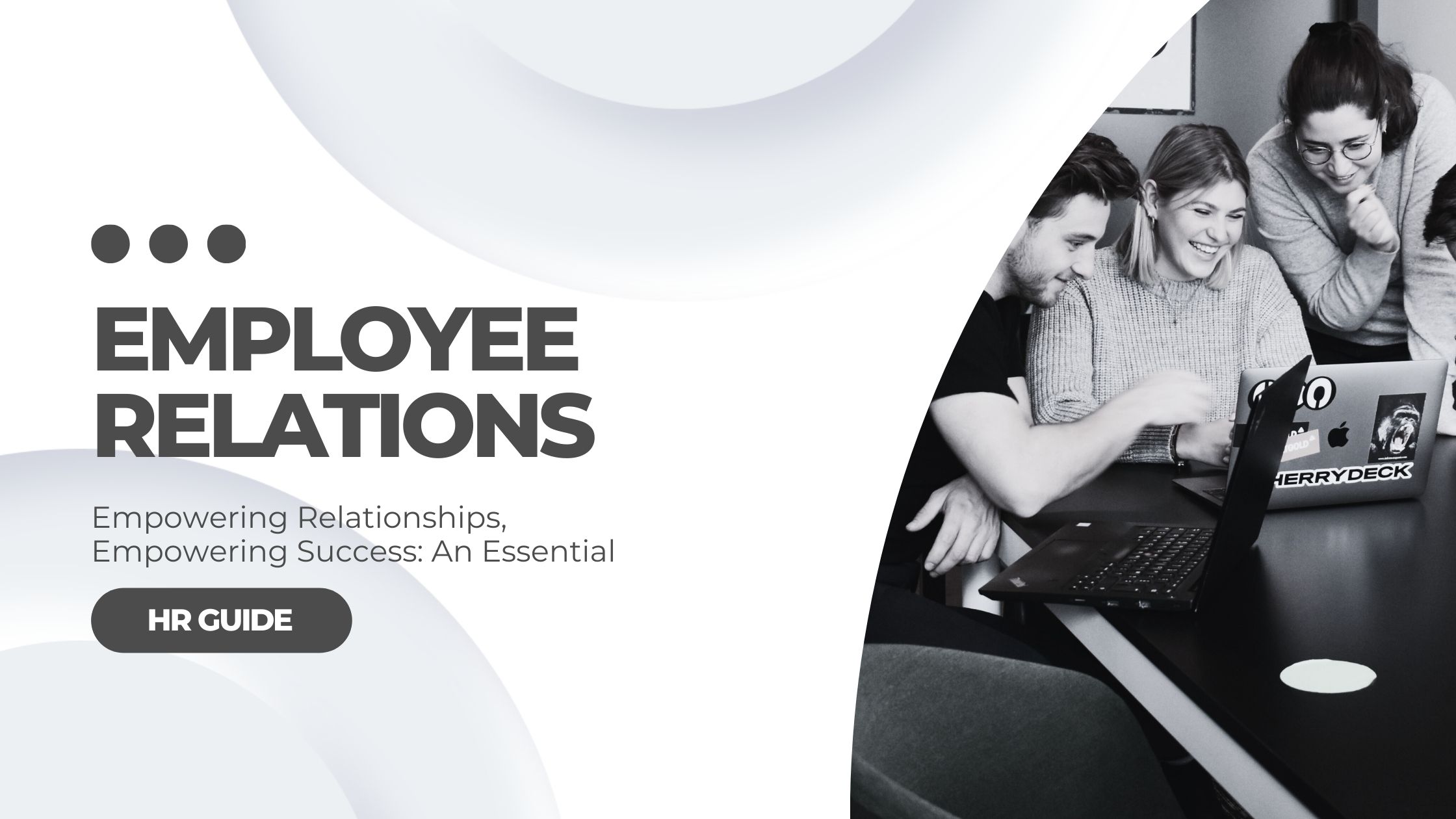
Good Employee Relations = Higher Productivity + Job Satisfaction + Retention
Better employee relations tend to augment a healthy working environment, employee morale, performance and engagement with added-on advantages for employers as well. Ultimately deciding the success rate of an organization, this HR toolbox is like a secret sauce to a happy and high-performing workplace. Even for a thriving organization that undermines the beneficial role of effective employee relations management, gainsay is deemed to arise.
Workplace conflicts, pay issues and unfair treatment at work can be addressed with a pre- emptive actionable policy of what we call the Comprehensive Employee Relations Policy Framework. This cohesive framework becomes HR’s Fidus Achaetus for unscrambling critical areas and issues needed to maintain and improve employee relations.
Some of these include:
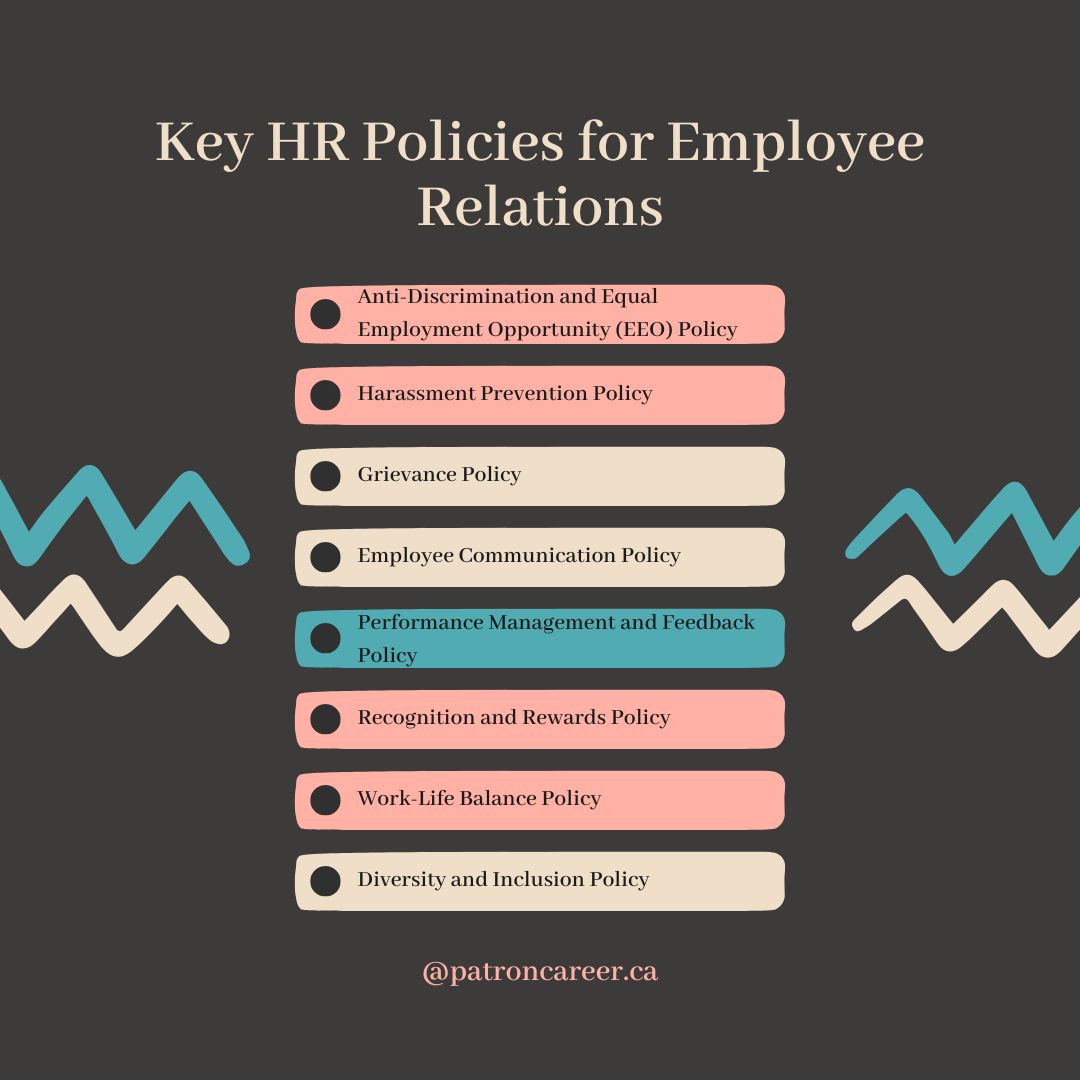
Managing employee relations effectively can be a tedious job that demands clarity, consistency and full preparedness of HR teams. This article aims to provide a gateway of actionable insights to improve and master the art of employee relations for a loyal and engaged workforce. Let's begin.
Understanding Employee Relations
Employee relations is one of the most crucial aspects of staff management that needs to be engraved in the organizational culture, ensuring every policy, practice and interaction reflects a commitment to a positive and fulfilling work environment.
Think of employee relations as the bedrock for a sturdy and resilient company building. No less than a foundation for organizational success, it is the efforts and an organization to manage and maintain good relationships between employees and their employers, supervisors or HR professionals. It aims to promote trust, communication and mutual respect between the parties.
Read: The Essential Elements to Build a Strong Employee and Employer Relationship
Key Components of Strong Employee Relations
The foundation of employee relations stands tall on the pillars of mutual trust and respect, open communication, recognition and fairness for all employees. Without one, a company could fail to generate ROI regarding engagement, happiness and ultimately success.
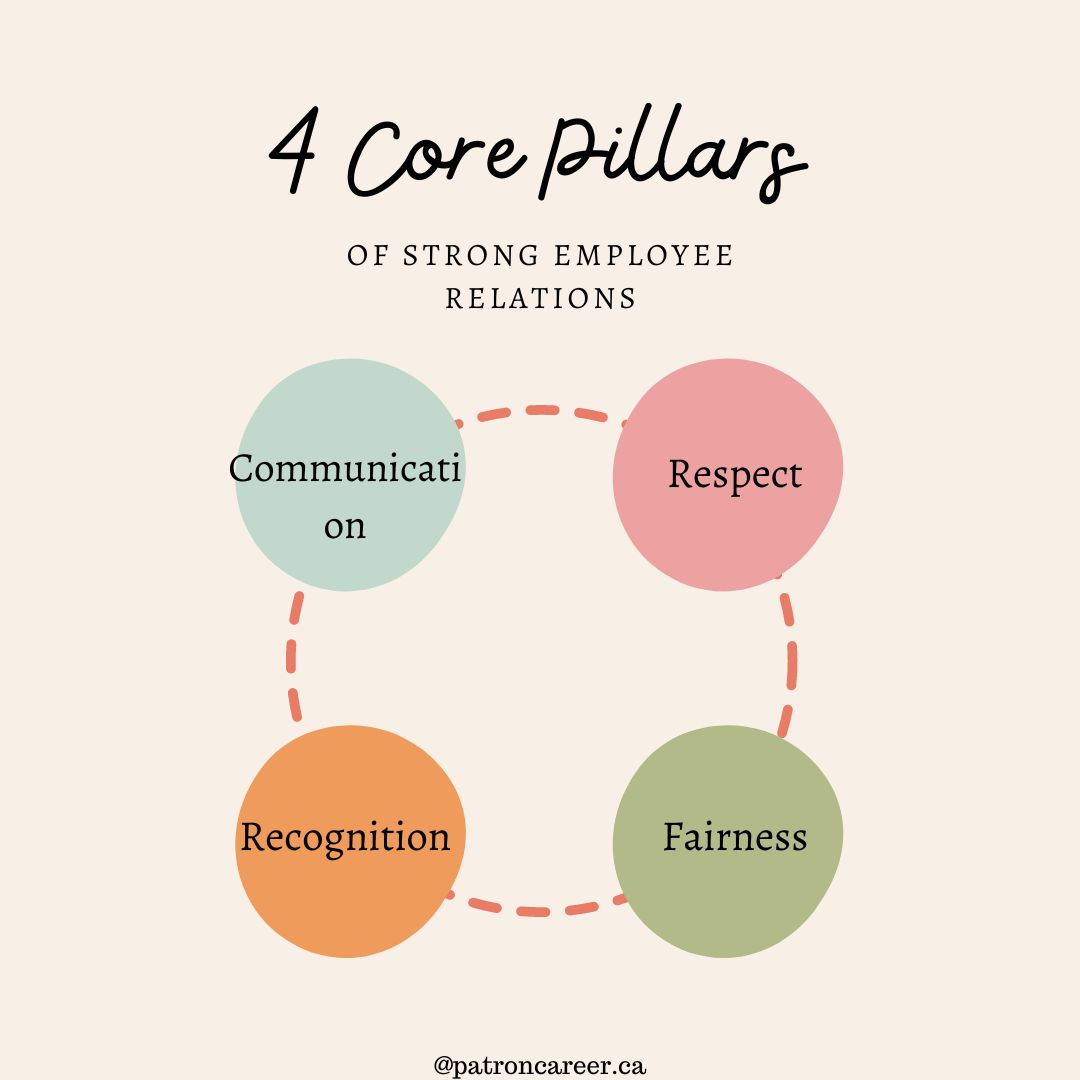
1. Communication
Lack of open, transparent and consistent communication often leads to resentment within the workforce. As the work piles up, so do the misunderstandings. Without fail, organizations must set in motion a framework for regular updates, feedback mechanisms and accessibility for employees to reach out to management about any ongoing concerns.
2. Respect and trust
OTrust and respect both go hand in hand. Building trust and respect within the workforce is of utmost importance to establish a genteel work culture. Employers and employees are to act with thoughtfulness and mind their deeds and words within the workplace. There should be integrity in all dealings, and consistency in applying practices and policies uniformly across all departments and employers and employees should be able to support each other for collective success in their roles.
3. Recognition and Appreciation
Making employees feel valued for their contributions can highly impact their morale and loyalty. It is one of the appreciable intrinsic motivation factors which recognizes employees for their efforts and provides rewards in return. Performance-based rewards, incentives and public recognition are highly beneficial in this regard.
Read: Elevating Employee Morale: A Guide to Keeping Your Crew Happy and Motivated
4. Fairness and Equity
Treating everyone fairly and providing them with equal opportunities should be a core company goal. Ensuring fair training of all employees encompasses several aspects such as implementing non-discrimination policies, providing equal access to all opportunities and providing a transparent process.
5. Employee Involvement
Employee Experience (EX) relies on employee engagement. The higher the employee engagement the higher will be the EX. Encourage active participation of employees to make them feel seen and valued. It will bring up higher rates of productivity and engagement. Schedule regular meetings to exchange ideas and form committees. And use surveys and questionnaires to gather employee opinions and suggestions.
4 Surefire Strategies for Building Strong Employee Relations
To climb up the ladder of ultimate success, organizations must be equipped with foolproof strategies to manage employee relations and build mutual rapport. Consider using these best practices:
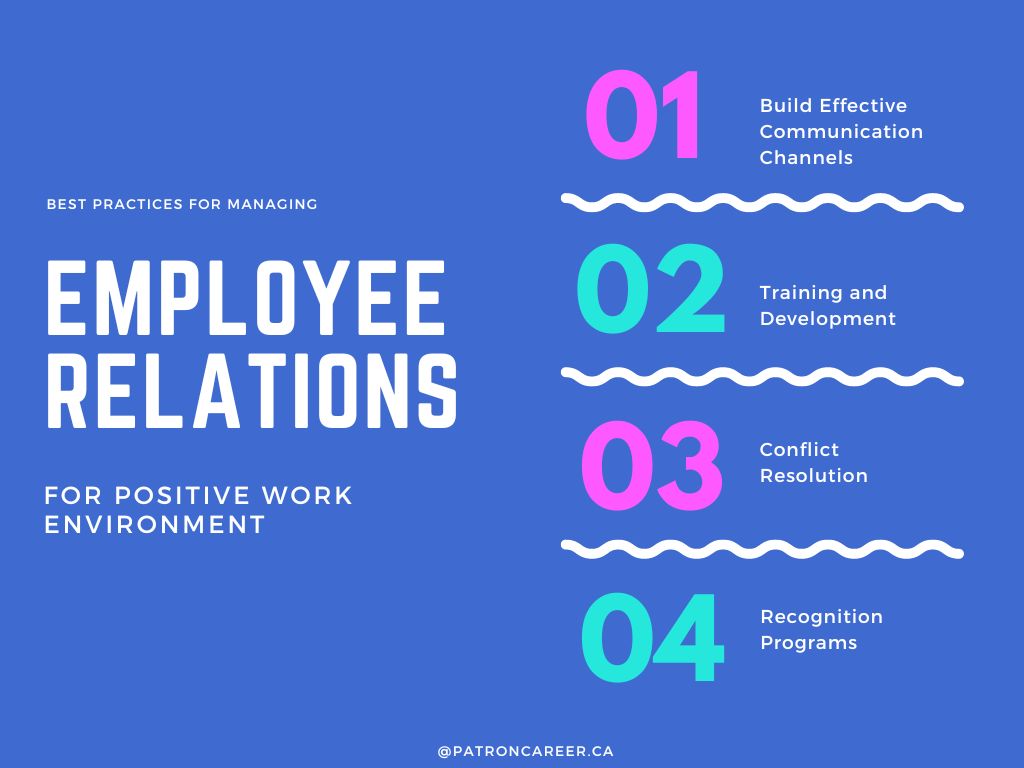
1. Build Effective Communication Channels
It is crucial to create open lines of communication dialogues between employers and employees to diminish misunderstanding and workplace conflicts. A communication breakdown disrupts the flow of information which ultimately leads to hubbub and delays.
Creating an open-door policy to encourage employees to freely approach management and speak up about their issues and suggestions when needed. Conduct regular meetings- weekly or monthly to discuss company updates, and events and address any concerns. Use Digital Platforms like intranet, email newsletters, and collaboration tools to facilitate communication.
2. Conflict Resolution
Negative emotions and disputes amongst co-workers spur often. It lies with the management to combat and effectively resolve workplace conflicts. It is crucial to have a conflict resolution strategy in place that establishes the ground rules for resolving grievances. Use methods like mediation and negotiation by employing a neutral third party that listens to both parties before reaching a decision. Providing training for managers and employees on how to handle disputes constructively.
3. Training and Development
Proving employees opportunities for growth and growth also impacts their retention and engagement. By investing in their training and development, you can foster a workforce that feels valued and heard. Organize workshops and seminars, offer membership programs and create personalized career growth plans. Commit to the employee's success if you want the long-term success of the organization.
4. Recognition Programs
Celebrate small wins and compliment employee efforts by providing incentives such as bonuses, gift cards, paid leaves or employee of the month rewards. Develop a peer recognition program that recognizes each other’s achievements. By building a recognition- rich workplace, you can strengthen employee loyalty, and motivation and create a sense of self-actualization in the employees.
Role of Leadership in Employee Relations
Without effective leaders synchronizing employee relations, it can all be a futile effort. Sound leadership is the backdrop for all employee relations activities. There are a lot of things that a leader does to instil happiness and provide support to the employees. Effective leaders:
Charting the Path to Stronger Employee Connections
Bringing it all together, we now understand what advantages employee relationship management brings to the table and how we can use the best practices to empower employees for a brighter tomorrow.
Contact us for further consultation or support.
Read more informative blogs and newsletters on our website https://patroncareer.ca/
